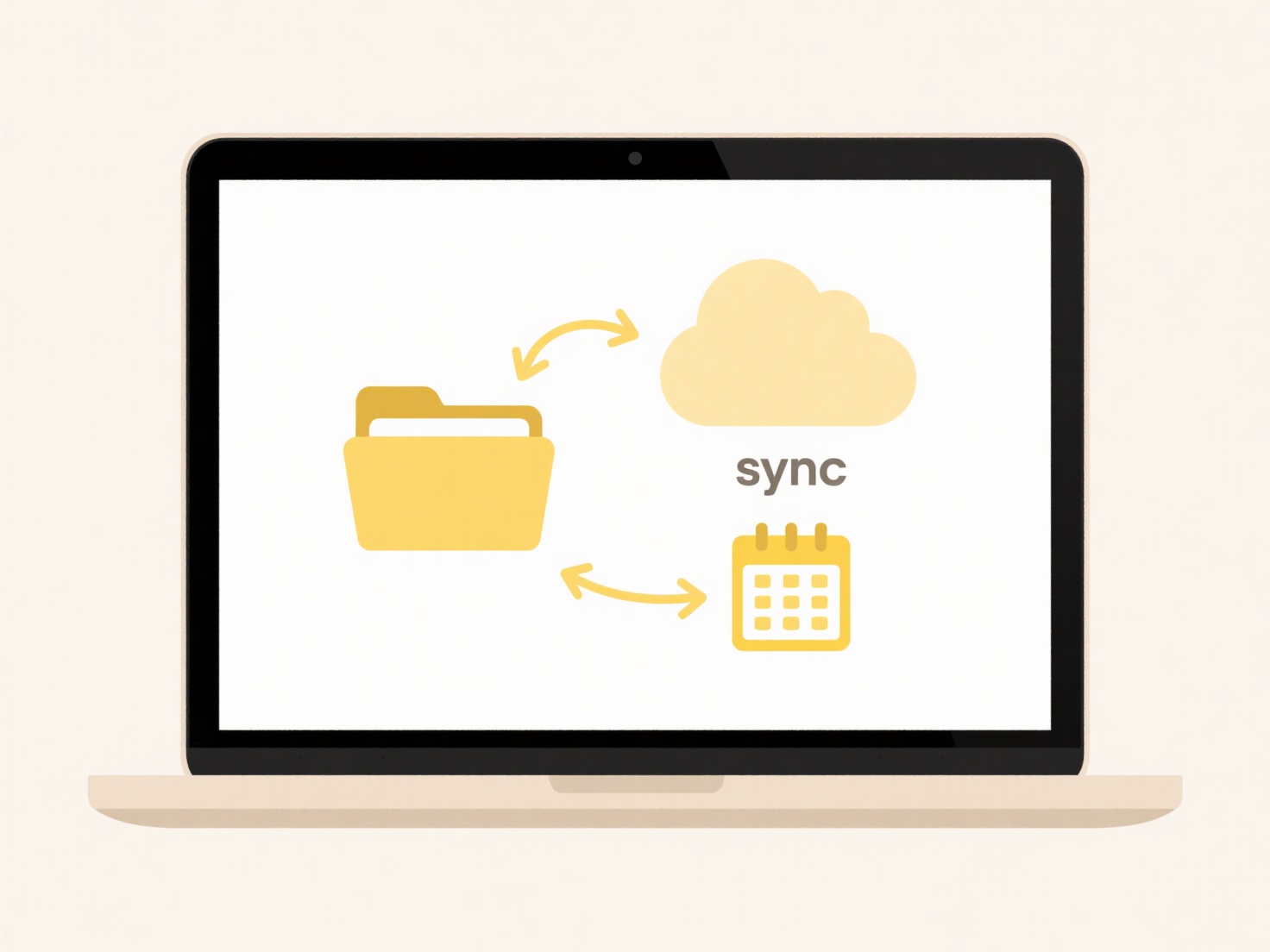
Restoring previous sharing settings refers to reverting access permissions for files, folders, or resources back to an earlier state. This is different from manually adjusting current permissions, as it often leverages system backup mechanisms or version history to automatically recall the exact set of users, groups, and their access levels (like view, edit, or comment) that were in effect at a specific past time. It addresses situations where recent sharing changes were incorrect or unintended.
Common examples include using the "Version history" feature in cloud platforms like Google Drive to restore a file's permissions along with an older file version, or employing audit logs within enterprise document management systems such as SharePoint or Box to identify and revert permission changes made during a specific period. Project teams frequently use this after mistakenly granting broad access when tighter control is needed.

The main advantage is significant time savings and error reduction compared to manual reconstruction. However, limitations exist: successful restoration relies heavily on the platform's versioning capabilities and retention policies. If a system doesn't track permission changes independently or retains history for only a short duration, restoration might be impossible. Care must also be taken to verify the restored state aligns with current requirements, avoiding unintentional re-exposure of sensitive data.
How do I restore previous sharing settings?
Restoring previous sharing settings refers to reverting access permissions for files, folders, or resources back to an earlier state. This is different from manually adjusting current permissions, as it often leverages system backup mechanisms or version history to automatically recall the exact set of users, groups, and their access levels (like view, edit, or comment) that were in effect at a specific past time. It addresses situations where recent sharing changes were incorrect or unintended.
Common examples include using the "Version history" feature in cloud platforms like Google Drive to restore a file's permissions along with an older file version, or employing audit logs within enterprise document management systems such as SharePoint or Box to identify and revert permission changes made during a specific period. Project teams frequently use this after mistakenly granting broad access when tighter control is needed.

The main advantage is significant time savings and error reduction compared to manual reconstruction. However, limitations exist: successful restoration relies heavily on the platform's versioning capabilities and retention policies. If a system doesn't track permission changes independently or retains history for only a short duration, restoration might be impossible. Care must also be taken to verify the restored state aligns with current requirements, avoiding unintentional re-exposure of sensitive data.
Quick Article Links
What is the safest naming format for legal or regulatory files?
The safest naming format for legal or regulatory files prioritizes clarity, uniqueness, and consistency to prevent error...
Can I set rules to rename files automatically upon download?
File renaming rules allow you to automatically change the name of a file the moment it finishes downloading to your comp...
Are .dat files safe to open?
A .dat file is a generic extension used for "data" files. These files contain raw information, not executable code thems...